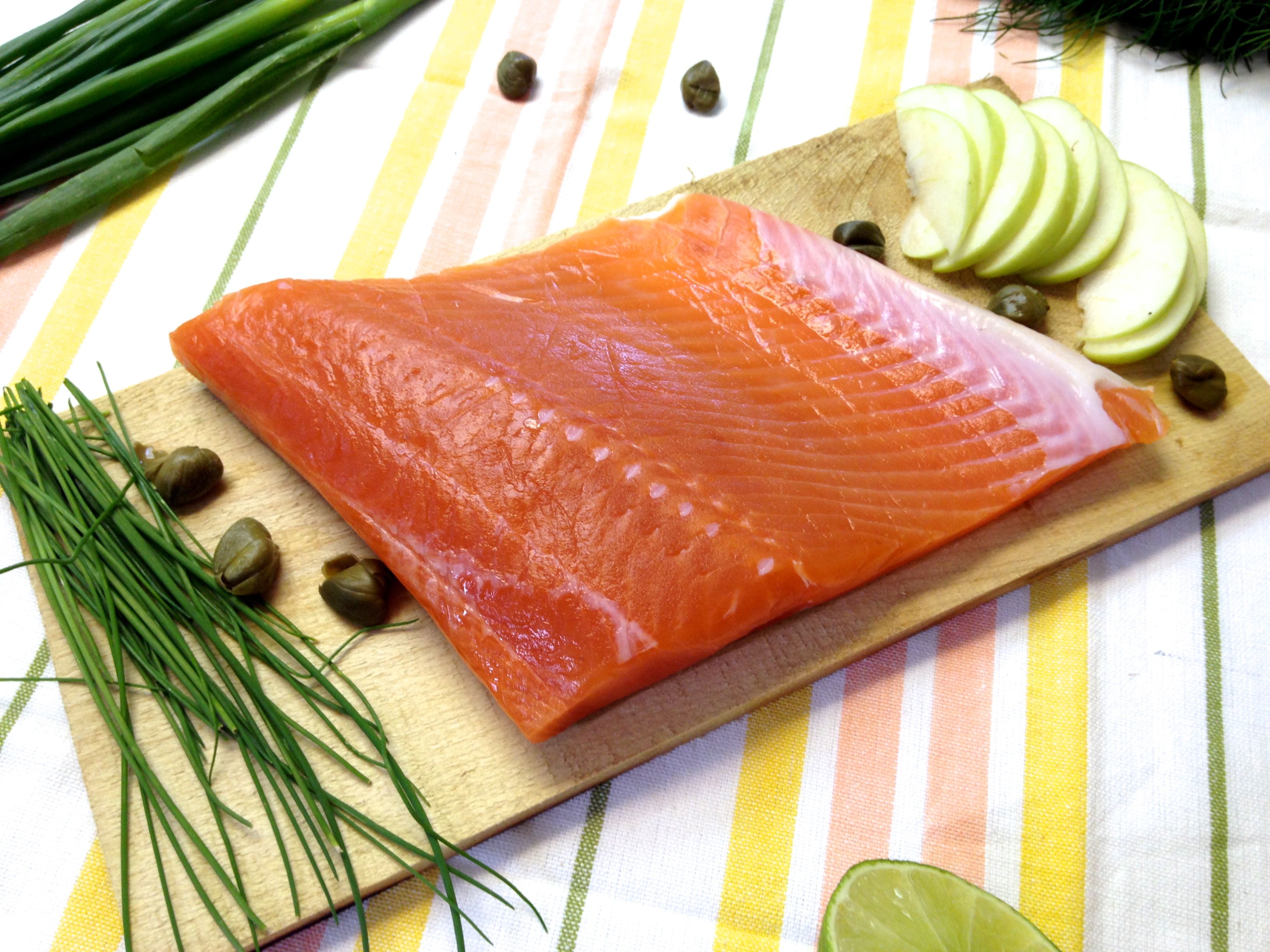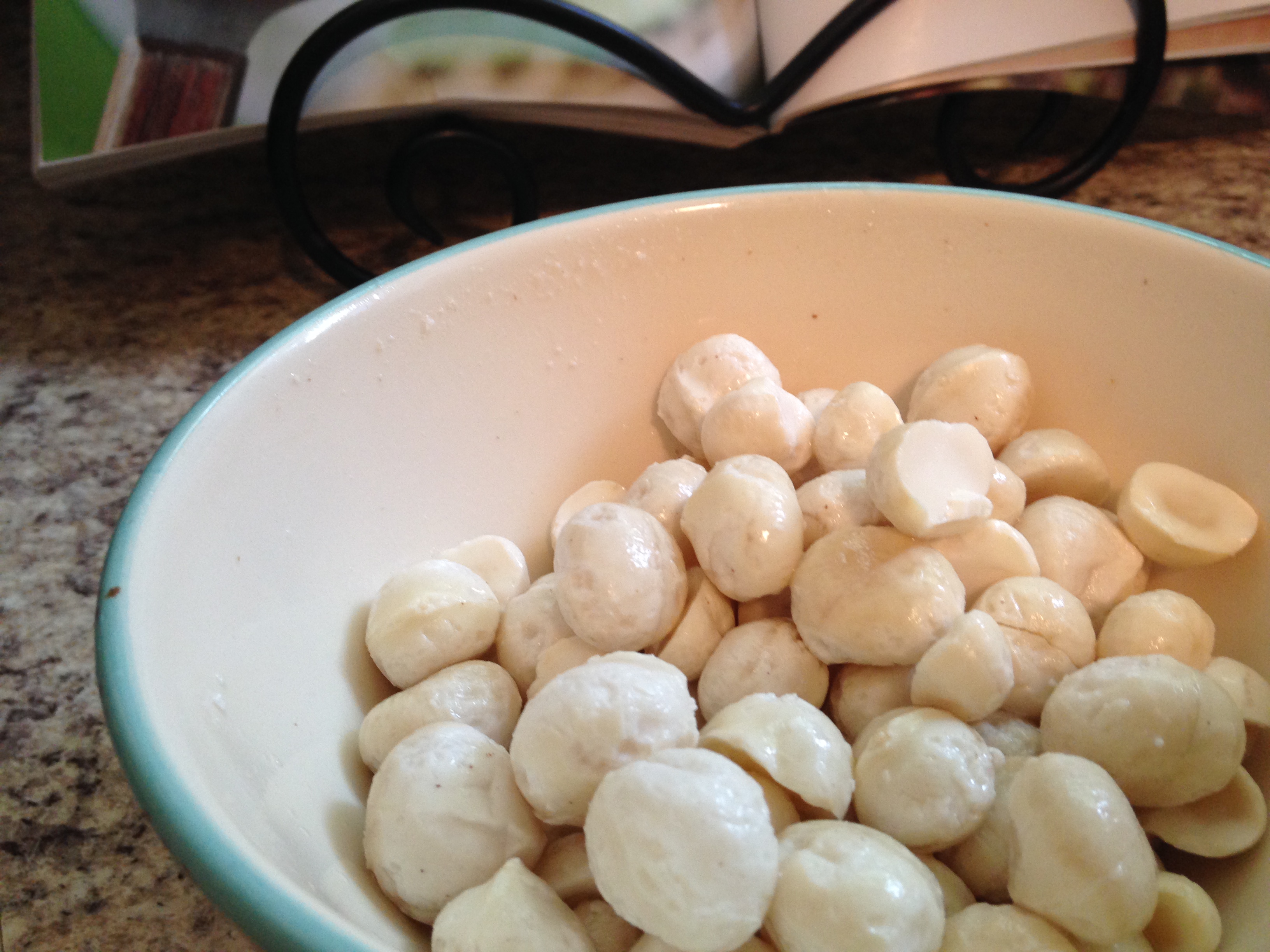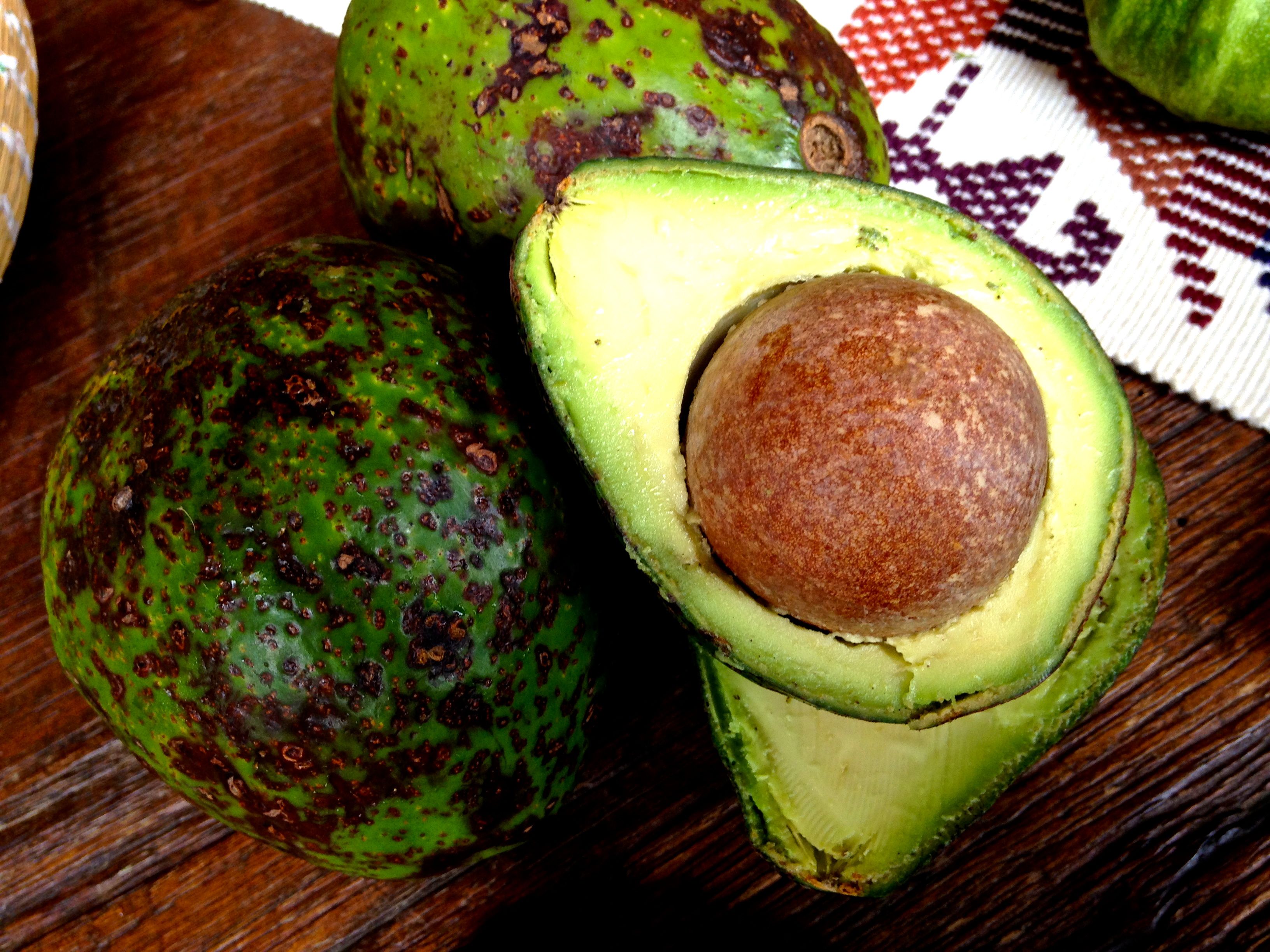I’m going to let you in on a little secret (actually it’s not really a secret anymore but just in case you haven’t heard): eating fat is good! I know for many of you out there, this may be hard to believe. After all, fat has been completely demonized for the past few decades (the sugar industry did a really good job at attributing health and issues to it’s consumption).
Truth is, fat is great! As a matter of fact fat it is the building block for so many important body functions. Fat is actually the body’s and the brain’s preferred source of energy. True story. In fact, by considerably cutting down the carbs in your diet and upping your fat intake, you will notice you have a lot more energy. Good-bye mid afternoon carb-crash! Not only that, but you may also notice that your insatiable hunger finally goes away. Yup, fats make you feel full and satisfied. Now that’s good news if you’re trying to eat less and lose some weight. Another little bonus you will get by ingesting more fat and less sugar is you may (will) become smarter. Not even joking, you will become a more intelligent and more focused human being by changing your diet. You will also be happier, as omegas regulate the conversion of the essential amino acid tryptophan into serotonin…and serotonin makes you happy. I want to keep going and list you all the benefits of eating a higher fat, lower carb diet, but let’s keep some stuff for future blog posts 😉
Ever heard the term Essential Fatty Acids? They’re called essential for a reason. Or the term Essential Amino Acids? Proteins are also essential. Ever noticed how there’s no such thing as Essential Carbohydrates? Don’t think that’s a coincidence.
Essential fatty acids are also known as omegas; omega 3s and omega 6s. What’s the diff? Omega 3s are the ones with anti-inflammatory properties and the ones that keep your body in a healthy state. Omega 6 are important as well, but they do promote inflammation in the body, which you want to keep to a minimum. Many health experts today recommend a ratio of about 2:1 (omega3:omega6).
Keep in mind while reading this list that there are many other great sources of fat that could have easily been on here but for the purpose of keeping it more concise I decided to stick to 10.
Here we go!
#1. Wild Salmon. Containing more than a day’s worth of vitamin D in just one serving, eating wild-caught salmon can help maintain optimal health in a variety of ways as vitamin D deficiency has been linked to everything from cancer to multiple sclerosis and rheumatoid arthritis to heart disease. D. Alexander Parker, Ph.D., Associate Professor of Epidemiology and Urology at Mayo Clinic in Florida, suggests that one-quarter of Americans suffer from low levels of Vitamin D, which stresses the need for all of us to supplement or eat vitamin D-rich salmon on a regular basis. And another study by the National Health and Nutrition Examination Survey found that 7.6 million children across the USA were vitamin D deficient. This is defined as less than 15ng/ml of blood.

#2. Avocados. Avocado is actually a fruit (they called it butter fruit in India) and it is packed with healthy monounsaturated fats. It has been shown that eating avos on a regular basis will not only give your skin a beautiful glow but will also protect your heart and lower your bad cholesterol. Plus they have the benefit of being one of the most versatile foods ever created. Put it in a sandwich, a wrap or a salad or make some delicious guacamole to serve with veggie sticks or to add to an omelette or a chicken breast. Not convinced yet? Make this life changing chocolate mousse for one of the most decadent desserts you will ever taste. Now if that doesn’t get you on the avocado train, I don’t know what will.
#3. Organic & Pasture Raised Eggs. Whole eggs are among the most nutritious foods on the planet, containing a little bit of almost every nutrient we need. They contain both saturated fat and choline, which can boost memory skills and overall brain health. I know I know, they are high in cholesterol, but it’s important to keep in mind that cholesterol in the diet doesn’t necessarily raise cholesterol in the blood. So please, eat the yolk. Don’t do the egg white thing, it’s just silly. You’re skipping most of the fat, sure (which isn’t a good thing either), but you’re also missing out on most of the nutrients. To view a chart comparing the nutrients for the white and the yolk, click here. Also, noticed how I said organic and pasture raised? Believe it or not, any animal product that is pasture raised is far superior in quality and nutrients than store bought, factory farmed stuff. Skeptical? Check out this page. If you’re on a budget, conventional eggs still have many health benefits, but they will be higher in omega 6 fatty acids (inflammatory) due to the hen’s diet.
#4. Extra Virgin Olive Oil. Extra virgin olive oil has been a staple in a healthy diet for a while, so it might not be a surprise for you to see it make this list. Olive oil has the highest percentage of mono-unsaturated fats among all the vegetable oils out there, which makes it less likely to oxidize and cause havoc in your body. Studies have also shown that olive oil consumption may have a protective role on breast, colon, lung, ovarian and skin cancer development. Compounds specific to olive oil, known as phenolics, seem to possess free radical-scavenging properties and so may be able to reduce oxidative damage to DNA. A number of studies have also shown that olive oil may have additional beneficial effects on blood pressure, obesity, rheumatoid arthritis and immune function. Also, because of it’s phytonutrient oleocanthal which mimics the effect of ibuprofen, it can be effective in keeping many inflammatory conditions such as cancer and arthritis at bay. Don’t be afraid to drizzle it everywhere, I often put use it as a finishing touch on omelettes, salads, meats, soups, you name it, if you don’t like the taste of it just throw it in your smoothie!
#5. Coconut Oil. Coconut oil has sparked many debates in the health community as of late because of it’s high concentration in saturated fats. Unfortunately, saturated fat has been the ugly stepchild of dietary fats for a while now, as it supposedly increases cholesterol and puts you at a higher risk for heart disease. Here’s the thing about saturated fats. First of all, the studies showing their impact on cholesterol and heart disease were far from accurate, mainly due to the fact that a lot of the people in those studies were eating a high percentage of refined carbs and processed foods, which have proved in more recent studies to be the real enemies. The most recent research on coconut oil have actually shown that it can help lower bad cholesterol, improve good cholesterol, and prevent heart disease. One thing you should know about coconut oil is that it is made of medium chain triglycerides (MCTs), aka healthy fatty acids. See what happens with MCTs is unlike like their cousins long chain triglycerides, they go straight to your liver from your gut where they are transformed into ketone bodies which are used up as a quick source of energy to fuel your body and your brain. Ketones have been shown to have therapeutic effects on brain related disorders such as Alzheimer’s and epilepsy. So coconut oil is good for your heart and your brain. It’s also amazing for your skin, your gut, your waistline and the list goes on. I could easily dedicate an entire blog post to how fantastic and life-changing coconut oil is, but I will save that for another time. The bottom line is you should not be scared of coconut oil, you should embrace it and try to use it as often as you can! It is not only delicious and nutritious but it has been a diet staple in many countries for centuries (whom happen to have little to no cholesterol issues or history of heart disease). I use coconut oil in so many different ways in my diet and it not only makes everything taste delicious but also is in my opinion the best fat to cook with. The main reason for this is that contrary to most vegetable oils, coconut oil is very heat stable (it’s molecules don’t change at high temperatures). It is also amazing with baking and gives cakes and bread an incredibly rich & moist texture. Make sure you buy organic (fair trade is even better) and virgin coconut oil, the non virgin is most likely highly refined and will lose most of it’s nutritional properties. ***Note: It’s important to know that some people don’t process saturated fats very well and do much better eating mono unsaturated fats. So I guess the take home message with coconut oil (and butter), is to experiment within your own body. If you feel like crap eating it, stick to olive oil or avocado oil.
#6. Hemp Seeds. No doubt you’ve hear of hemp seeds before, they come from a suspicious plant and have a ton of health benefits. Just kidding. About the plant being suspicious, not about the health benefits. Hemp seeds come from the cannabis plant (a different strain than the one that produces marijuana) and have very small traces of THC in them. They are probably one of the best sources (or maybe the best source) of omega 3 fatty acids available in plant-based foods. These little gems also happen to be 33% protein and contain all essential amino acids which makes them a complete protein. They are in my opinion what one of the most nutrient rich foods available. I love throwing them in my salads or in my smoothies as they have a very subtle nutty flavor. What are you waiting for? Give them a try!
#7. Cocoa. That’s right, cocoa, aka the most amazing food that has ever existed; chocolate, is a nutrient powerhouse. I’m talking about the pure stuff here, the non processed, raw cocoa butter. The raw cocoa powder itself still has many health benefits but doesn’t hold much fat on it’s own. Many so called chocolate bars out there have very little amounts of cocoa in them and are mostly made of GMO hydrogenated oils, milk and sugar. These are not chocolate bars, they’re candy bars. Any health benefit you could possibly get from the cocoa bean has completely vanished and therefore should not be what you look for as a health snack. There are a lot of great companies out there making great chocolate with high quality ingredients. My absolute favorite is Green & Black 85% cocoa, click here to check it out! It’s so rich and chocolaty and has the perfect balance of bitterness and sweetness. If you’re not used to dark chocolate though it may be a little strong for you and starting with 60 or 70% cocoa might be more pleasing to your palate. What you are looking for in the ingredient list would resemble this; raw organic cocoa butter, raw organic cocoa powder, raw organic honey (or other healthy sweetener). Some pure vanilla and pink himalayan salt are totally ok too. Basically any other ingredients that is pure and natural. No modified milk solids or milk ingredients, no oils (unless it’s virgin coconut oil), no preservatives. Did you know that cocoa has been used as a medicine in the Mayan culture for centuries? I could easily write an article on the benefits of cocoa alone. Now you can eat chocolate and feel good about it! You’re welcome.
#8. Macadamia Nuts. Have the highest fat content of all nuts, and also happen to be my favorite nut out there (go figure). They are rich in palmitoleic acid, a fatty oil that not only curb the appetite but also increases fat metabolism and reduces fat storage. Their fatty acids content makes them an extremely satisfying food and you will need only a handful to feel satisfied. Macadamias also happen to have the second best omega ratio after walnuts which makes them an even better source of fat. Again, keep in mind that they should be eaten raw and as fresh as you can find them, I buy mine in a small bin at my local health food store which is kept in a cooler to prevent them from going rancid. These nuts are amazing as a snack, but can also make some truly amazing desserts. Check out my Coconut Macadamia Key Lime Pie recipe for a truly fantastic dessert or to get more health facts on macadamia nuts. Keep in mind that nuts are very high in phytates (anti-nutrients), and they should still be eaten in moderation, or at the very least they should be soaked in water for a few hours prior to eating them, as the soaking process releases a big percentage of the anti-nutrients.

#9. Chia Seeds. Chia seeds are tiny black seeds from the plant Salvia Hispanica, which is related to the mint. These little seeds — which come in either white or a dark brown and black color — also have a very impressive nutritional profile. They are a great source of fat, protein and fiber and are very rich in a number of important minerals such a manganese, magnesium, calcium and phosphorus. Plus their omega ratio is on the healthy side of things so you don’t have to worry about eating to many of them. Two tablespoons of them (only 137 calories) will provide you with 11 grams of fiber, 9 grams of fat (5 of which are omega 3s) and 4 grams of protein. They are great to sprinkle on anything as they are pretty bland in flavor and can become a great staple food for your breakfast. Here’s a little tip for you: Soak 2 to 3 tablespoons of the seeds overnight in about 1 cup of your favorite milk (almond or coconut are my favorite) and they will expand and become a sort of pudding. I will post a recipe for this soon but for now, Oh She Glows has a very easy and simple recipe for a basic Chia Pudding.
#10. Walnuts. Walnuts are probably the only tree nuts out there that have a higher ratio of omega 3 to omega 6 ratio, which makes them nature’s perfect food. They are not only loaded with good fats but are also a great source of protein, fiber, and other important nutrients. They are packed with anti-oxidants and and phytosterols which have shown to be very effective in the prevention of breast cancer. The mono- and polyunsaturated fats in nuts are also good for insulin sensitivity, which can significantly help people suffering from type 2 diabetes. Another recent study has shown that a diet rich in walnuts helps lowering blood pressure hence make you more calm. In a nutshell (see what I did there), adding nuts to your daily diet has proven to improve brain health, protect your heart, give you radiant skin and keep your waistline healthy. Just make sure you buy nuts that are raw and organic and as fresh as possible. Avoid nuts that have been sitting in bulk bins for a long period of time and beware of any rancid smell as nuts are very susceptible of carrying molds.
Well I hope that was instructive! And I also really really hope that if you were one of those people that avoids fats at all costs, I have succeeded in changing that. Please spread the word in whatever way you want to help educate people on the importance of this poorly understood nutrient and try to encourage people around you to eat more healthy fats! Cheers!
Sources: https://draxe.com/8-salmon-nutrition-facts-proven-health-benefits/
https://www.betterhealth.vic.gov.au/health/healthyliving/olive-oil

